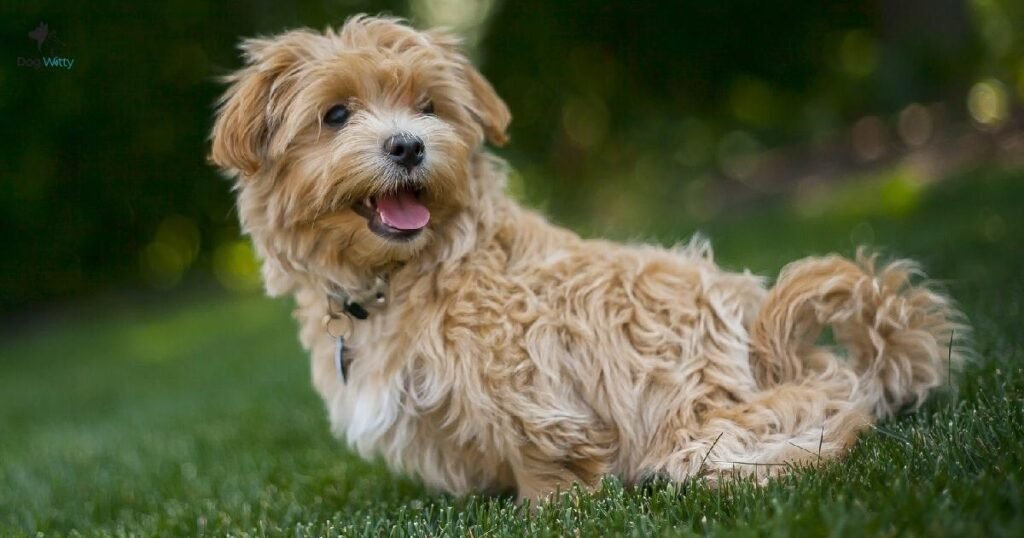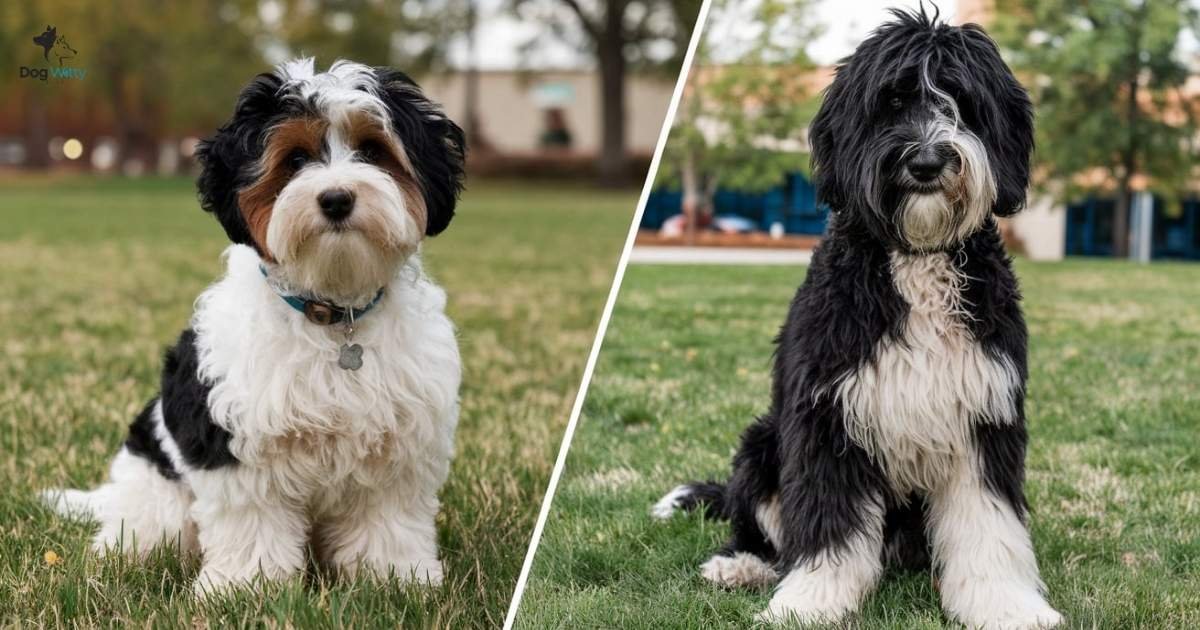Designer dog breeds have skyrocketed in popularity and with good reason. They often combine the best traits of their parent breeds, like hypoallergenic coats and adorable appearances. Among these breeds, Maltipoos (Maltese-Poodle mix) and Mini Labradoodles (Labrador Retriever-Miniature Poodle mix) are especially sought-after. But one curious issue has arisen in the pet market: Do Maltipoos get passed off as Mini Labradoodles?
In this comprehensive guide, we’ll explore the similarities, differences, and reasons behind this confusion. Whether you’re a potential pet owner or just a curious dog lover, this blog post will provide you with all the information you need.
Understanding Maltipoos and Mini Labradoodles
What Is a Maltipoo?
A Maltipoo is a charming crossbreed between a Maltese and a Poodle. They’re known for their small size, soft, fluffy coats, and friendly personalities. Maltipoos typically weigh between 5 and 20 pounds, depending on whether they inherit more traits from the Toy or Miniature Poodle parent.
Key Traits of Maltipoos:
- Size: 5–20 pounds.
- Coat: Soft, often wavy or curly; hypoallergenic.
- Colors: White, cream, apricot, or a mix.
- Temperament: Affectionate, playful, and intelligent.
- Lifespan: 12–15 years.
Maltipoos are excellent for individuals or families looking for a small, loving companion with minimal shedding.
What Is a Mini Labradoodle?
Mini Labradoodles are a blend of a Labrador Retriever and a Miniature Poodle. Unlike Maltipoos, they tend to be slightly larger, reflecting their Labrador heritage. Their coats can vary, ranging from wavy to curly, with a more robust texture.
Also Read This: Can Dogs Eat Bananas?
Key Traits of Mini Labradoodles:
- Size: 15–35 pounds.
- Coat: Wavy, curly, or fleece-like; also hypoallergenic.
- Colors: Cream, black, chocolate, apricot, or multicolored.
- Temperament: Energetic, loyal, and highly trainable.
- Lifespan: 12–14 years.
These dogs are perfect for active households and thrive with families that can provide consistent training and exercise.
Key Differences Between Maltipoos and Mini Labradoodles
While these breeds share similarities due to their Poodle lineage, they differ significantly in size, coat type, and personality. Below is a comparison table to help clarify:
| Feature | Maltipoo | Mini Labradoodle |
|---|---|---|
| Size | 5–20 pounds | 15–35 pounds |
| Coat | Soft, wavy, or curly | Wavy, curly, or fleece-like |
| Colors | White, cream, apricot | Wide variety, including multicolored |
| Temperament | Affectionate and playful | Energetic and loyal |
| Exercise Needs | Low to moderate | Moderate to high |
Takeaway: Maltipoos are smaller and suited for quieter households, while Mini Labradoodles are better for active families.
Why Are Maltipoos Sometimes Mistaken for Mini Labradoodles
Similarities Between the Breeds
Maltipoos and Mini Labradoodles share several traits that can make them easy to confuse:
- Poodle Genetics: Both breeds inherit hypoallergenic coats from their Poodle parents.
- Compact Size: While Mini Labradoodles are larger, young puppies of both breeds can look quite similar.
- Adorable Appearance: Fluffy coats and expressive eyes make both breeds undeniably cute.
Misrepresentation in the Pet Market
Unfortunately, some breeders mislabel Maltipoos as Mini Labradoodles, either intentionally or due to a lack of expertise. Here’s why:
- Higher Price Tag: Mini Labradoodles are often more expensive, giving unscrupulous sellers a financial incentive to misrepresent the breed.
- Buyer Inexperience: New pet owners might not recognize subtle differences between the breeds.
“Always do your research when buying a designer breed. A reputable breeder will provide documentation and answer all your questions.”
Appearance Overlap and Misidentification
Maltipoos and Mini Labradoodles can appear similar in their early stages, especially if their coats share a wavy texture. This resemblance diminishes as they grow, with Mini Labradoodles typically developing a more robust frame and a distinct coat texture.
How to Tell If You’re Getting the Right Breed

1. Ask for Documentation
Reputable breeders should provide detailed lineage and health certifications. Look for:
- Pedigree papers.
- Health clearances for genetic conditions common in Poodles, Labradors, or Malteses.
2. Research the Breeder
Ensure the breeder:
- Has a strong reputation, with reviews or testimonials.
- Is willing to let you visit the facility.
- Provides detailed information about the puppies’ parents.
3. Consult a Professional
Vets and canine experts can help identify a puppy’s breed based on physical traits and behavior.
Does It Matter If a Maltipoo Is Passed Off as a Mini Labradoodle?
Ethical Considerations
Mislabeling breeds can undermine trust between buyers and sellers. Moreover, it may lead to mismatched expectations, especially regarding training or care.
Why Breed Accuracy Is Important
Knowing your dog’s breed affects:
- Health Care: Mini Labradoodles may require more exercise to prevent obesity, while Maltipoos may be more prone to dental issues.
- Training: Labradoodle mixes are often more energetic and require structured activities.
- Grooming Needs: Maltipoos typically need more frequent grooming to prevent matting.
Read This: Labradoodle Dog Breed Guide
Conclusion
Maltipoos and Mini Labradoodles are both fantastic pets, but they cater to different lifestyles and needs. While their similarities can cause confusion, understanding their differences is crucial for making the right choice. Always do your due diligence when choosing a breeder, and don’t hesitate to seek professional advice.
If you’re considering either breed, focus on finding a companion that fits your family’s lifestyle, regardless of the name on the tag.
FAQs
How can I tell the difference between a Maltipoo and a Mini Labradoodle?
Look at their size, coat texture, and ask for documentation from the breeder.
Are Maltipoos cheaper than Mini Labradoodles?
Generally, yes. Mini Labradoodles often have a higher price tag due to their size and demand.
What should I look for in a breeder?
Seek transparency, health records, and positive reviews. Avoid breeders who don’t answer questions or offer limited information.
By staying informed, you can ensure that your furry friend matches your expectations and needs.











